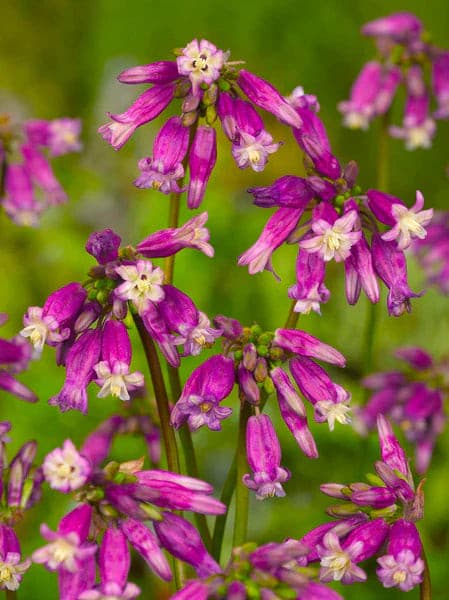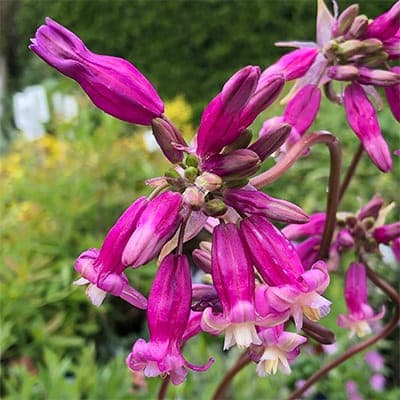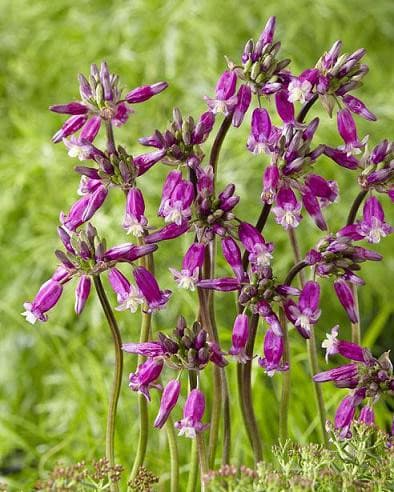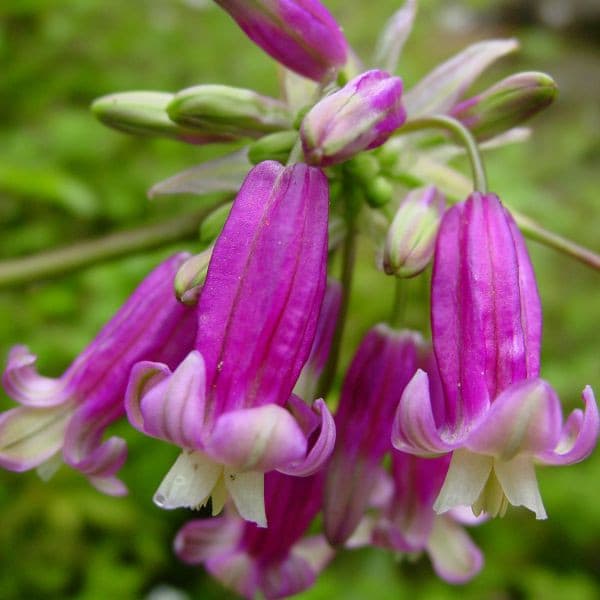
Firecracker Flower (BULBS) Pink Surprise
Sale
Original price
$ 7.49
Original price
$ 7.49
-
Original price
$ 44.99
Original price
$ 7.49
Current price
$ 6.05
$ 6.05
-
$ 54.45
Current price
$ 6.05
Most orders are processed by the next day
Select your desired size and/or color from the available options.
How to Grow Dichelostemma Bulbs:
2. Planting dichelostemma bulbs is fairly simple. You'll notice when you receive your bulbs that they look like mini onions and it will be easy to see that the spike should point upwards when planting.
3. Usually the rule of thumb when planting bulbs is that bulbs need at least 2 times their height of soil above them. Dig a 2 to 3 inch deep hole, drop the bulb into it (remember, spike points up!) and cover with soil.
4. Regarding spacing between bulbs, if planting in beds, leave approx 4 inches between each bulb. If you are planting in containers, you can cluster them a little closer together.
5. After planting, water well so that the soil above the bulbs settles.
6. Dichelostemma bulbs will flower in the late Spring. After the flowers die down, the plant can enjoy a warm and dry rest period. You don't have to water too much during this rest period.
- Zone: 6 - 9
- Height: 18 – 24”
- Spread: 4 – 6”
- Sunlight: Full Sun
- Water: Moderate to Low in Dormancy
- Bloom Season: Late Spring to Mid Summer
Select your desired size and color from the available option
LET OUR CUSTOMER SPEAK FOR US
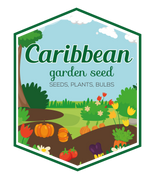
![[Seeds] - Caribbeangardenseed](http://caribbeangardenseed.com/cdn/shop/files/gift-card-gift-card-1_1024x1024_dfa857db-9150-4315-a362-7f0bb3fb9c47_60x28.png?v=1703978838)
